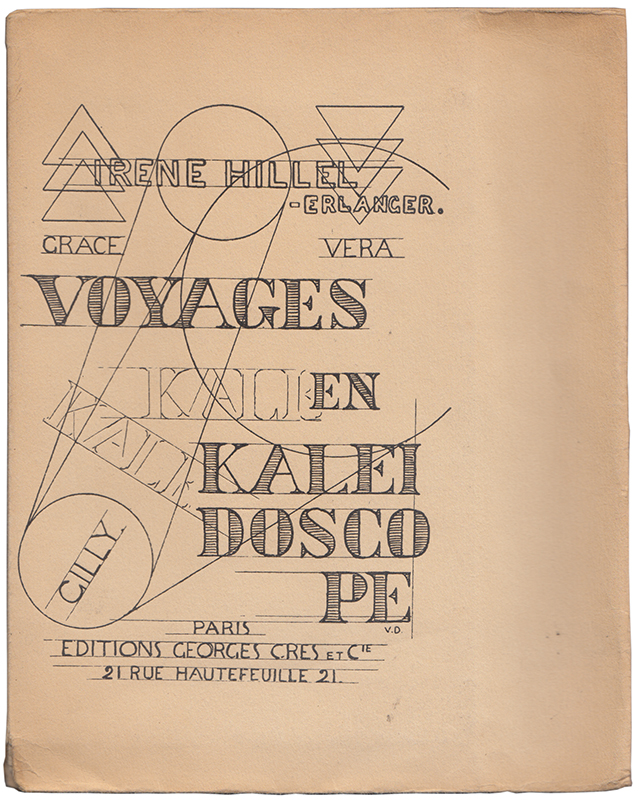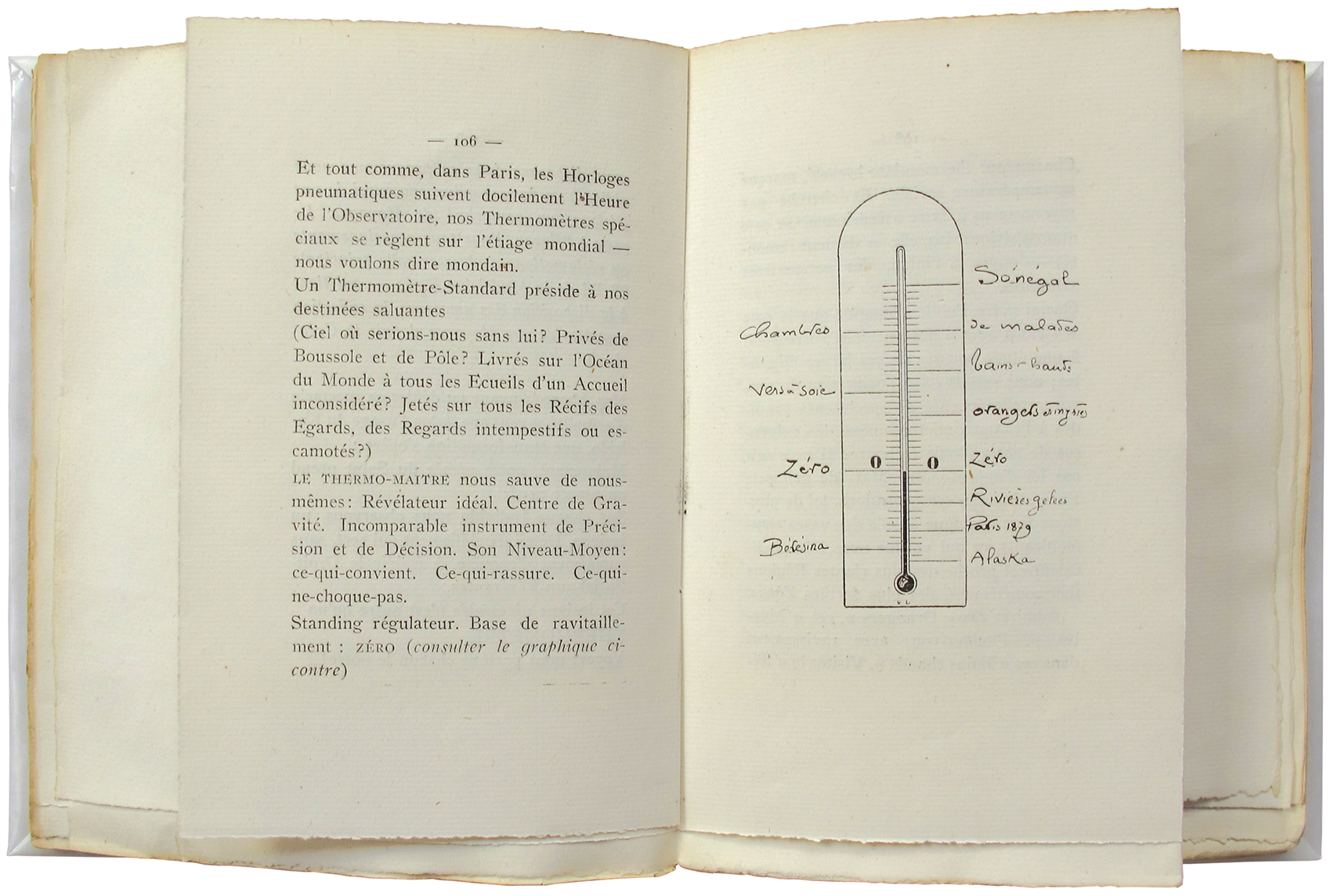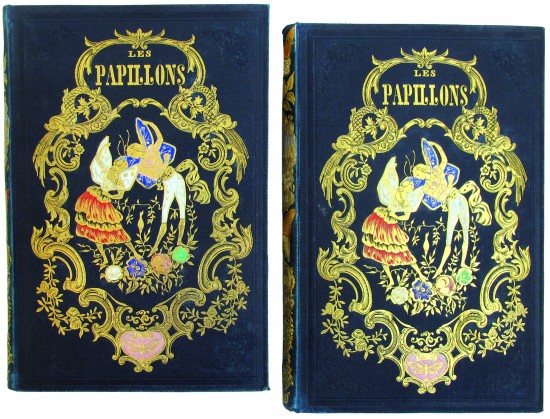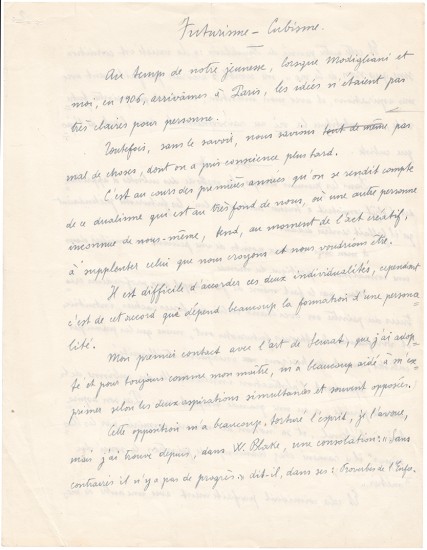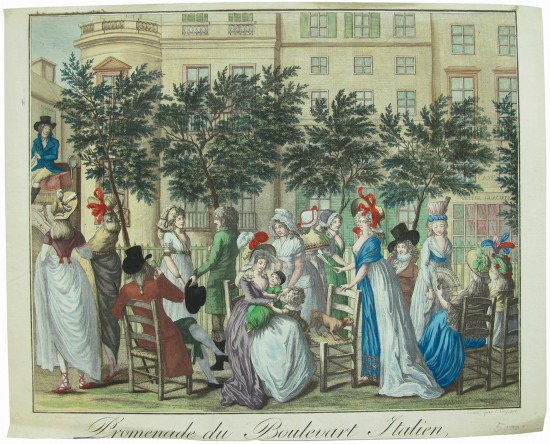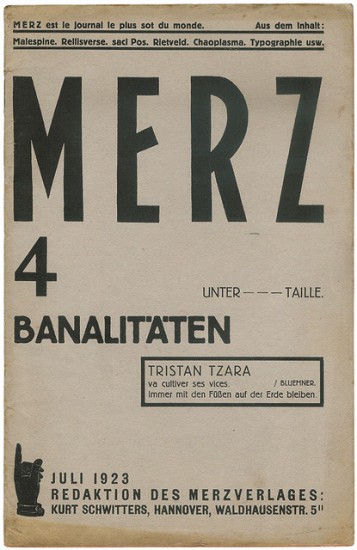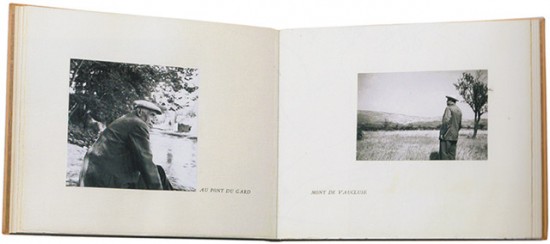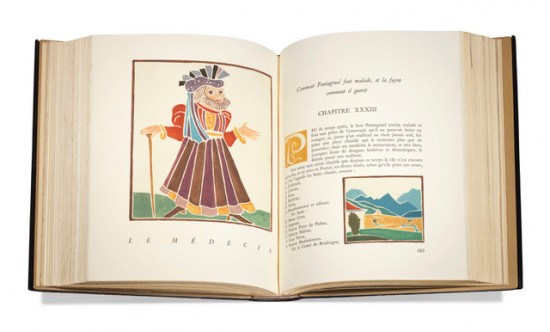Voyages en Kaléidoscope. Avec un Titre et un Thermomètre Dessinés par Van Dongen
Van Dongen. Hillel-Erlanger, Irène
Paris. Editions Georges Crès et Cie. 1919
Sold
A very good unsophisticated copy of the large paper édition de tête of this legendary literary rarity.
From the édition de tête limited to 23 numbered copies with this one of 20 on vergé d'Arches.
'Sous le couvert d'une fiction surréaliste [sic], l'auteur dévoile les plus Hauts Secrets de l'Hermétisme Transcendant.'
Irène Hillel-Erlanger (1878 - 1922), né Hillel-Manoach, scion of a Constantinople-based family of Jewish bankers, was a deeply mysterious figure surrounded by myth, obfuscation and rumour. Undoubtedly a poet (she wrote under the male pseudonym Claude Lorrey and has been credited with the first development of the cinégraphie de la page) and a pioneering screenwriter (she collaborated on a number of early French cinematic productions with Germaine Dulac, although only La Belle Dame sans Merci of 1920 is extant). She was, in addition, a reputed alchemist, saloniste, devotee of Le Chat Noir, an intimate of diverse artistic legends including the Surrealists and Dadaists (she was the inspiration for Louis Aragon's 'Le Con d'Irène'), Van Dongen, the mystic Saint-John Perse, the even more mysterious Fulcanelli, Jean Cocteau and Anna de Noailles and, finally, in her guise here: a novelist.
Hillel-Erlanger's 'Voyages en Kaléidoscope', published under her own name in 1919, has attracted its own share of mystery. Described by some as a Cubist novel - others have characterised it as alchemicodada - the book details the invention by the protagonist Joël Joze of a kaleidoscope ('une sorte de Cinématographe') which allows the viewer to see the 'sens caché de toutes choses' and create a 'fusion de l'individu et de la collectivité dans une sorte de physico-chimie transcendantale et humoristique : l'harmonie naissant d'un échange de vues!'.
Riddled apparently with alchemical codes and secrets, shortly after publication copies of the book were sought out by an unknown and possibly diabolical individual - it may have been the secretive Fulcanelli himself who instigated this, while other sources suggest her uncle, the banker Solomon Camondo of the Banque Transatlantique, fearing scandal - who burned them. Hillel-Erlanger disappeared shortly afterward (there is confusion as to whether this was in 1920 or 1922), although some sources maintain that she was poisoned at a celebratory soirée with oysters for revealing those same alchemical secrets.
We have been able to locate only five copies of this first edition, two at the Bibliothèque Nationale (one from the édition de tête), a copy at the Bibliothèque Municipale de Lyon, one at the National Library of Congress and one (also from the édition de tête) at Stanford; COPAC lists no copies and the book is also absent from the British Library catalogue.
From the édition de tête limited to 23 numbered copies with this one of 20 on vergé d'Arches.
'Sous le couvert d'une fiction surréaliste [sic], l'auteur dévoile les plus Hauts Secrets de l'Hermétisme Transcendant.'
Irène Hillel-Erlanger (1878 - 1922), né Hillel-Manoach, scion of a Constantinople-based family of Jewish bankers, was a deeply mysterious figure surrounded by myth, obfuscation and rumour. Undoubtedly a poet (she wrote under the male pseudonym Claude Lorrey and has been credited with the first development of the cinégraphie de la page) and a pioneering screenwriter (she collaborated on a number of early French cinematic productions with Germaine Dulac, although only La Belle Dame sans Merci of 1920 is extant). She was, in addition, a reputed alchemist, saloniste, devotee of Le Chat Noir, an intimate of diverse artistic legends including the Surrealists and Dadaists (she was the inspiration for Louis Aragon's 'Le Con d'Irène'), Van Dongen, the mystic Saint-John Perse, the even more mysterious Fulcanelli, Jean Cocteau and Anna de Noailles and, finally, in her guise here: a novelist.
Hillel-Erlanger's 'Voyages en Kaléidoscope', published under her own name in 1919, has attracted its own share of mystery. Described by some as a Cubist novel - others have characterised it as alchemicodada - the book details the invention by the protagonist Joël Joze of a kaleidoscope ('une sorte de Cinématographe') which allows the viewer to see the 'sens caché de toutes choses' and create a 'fusion de l'individu et de la collectivité dans une sorte de physico-chimie transcendantale et humoristique : l'harmonie naissant d'un échange de vues!'.
Riddled apparently with alchemical codes and secrets, shortly after publication copies of the book were sought out by an unknown and possibly diabolical individual - it may have been the secretive Fulcanelli himself who instigated this, while other sources suggest her uncle, the banker Solomon Camondo of the Banque Transatlantique, fearing scandal - who burned them. Hillel-Erlanger disappeared shortly afterward (there is confusion as to whether this was in 1920 or 1922), although some sources maintain that she was poisoned at a celebratory soirée with oysters for revealing those same alchemical secrets.
We have been able to locate only five copies of this first edition, two at the Bibliothèque Nationale (one from the édition de tête), a copy at the Bibliothèque Municipale de Lyon, one at the National Library of Congress and one (also from the édition de tête) at Stanford; COPAC lists no copies and the book is also absent from the British Library catalogue.
[92 leaves; pp. 180, (i), (i)]. 8vo. (200 x 158 mm). Half-title with list of works verso, printed title with publisher's vignette and justification verso, leaf with printed dedication 'A la Grande Ame de L. B.', two leaves with 'Frontispice' and Chapters I - X of Hillel-Erlanger's text illustrated with thermometer designed by Van Dongen (see page 107), leaf with 'Table' and final leaf with publisher's vignette recto. Original publisher's printed wrappers with titles in black and typography by Van Dongen to front cover.
#47063
